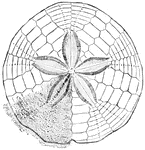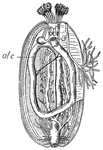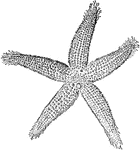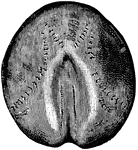Clipart tagged: ‘sea urchin’

Encope
"Encope emarginata. Encope is a genus of irregular clypeastroid sea-urchins, of the family Mellitidae."…

Sea Urchin
An diagram of the anatomy of a sea urchin. Sea urchins are small, globular, spiny sea creatures, composing…
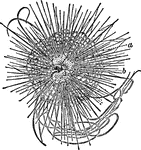
Sea Urchin
Sea urchins are small, globular, spiny sea creatures, composing most of class Echinoidea. They are found…

Sea Urchin Fossils
An illustration of various sea urchin fossils. "1, Palaeechinus; Carboniferous; 2, A plate and radiole…
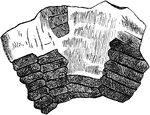
Urchin Fossil
A fossil of Echinothuria floris, a species of sea urchin "having the plates of the shell overlapping…

Hawaiian Rock Urchin
The Hawaiian Rock Urchin (Echinometra oblongata) is a sea urchin, here "with spines in part removed…
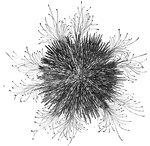
Sea Urchin
Sea urchin: the heavy projections are the spines; the long, slender ones are the tube feet.
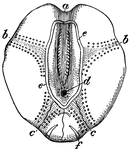
Sea Urchin - View from Above
Amphidotus cordatus or Echinocardium cordatum, commonly called a sea urchin, viewed from above. a, anterior…
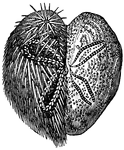
Violet Heart Urchin
Spatangus purpureus. Illustration of the violet heart urchin. One half of the illustration shows the…
